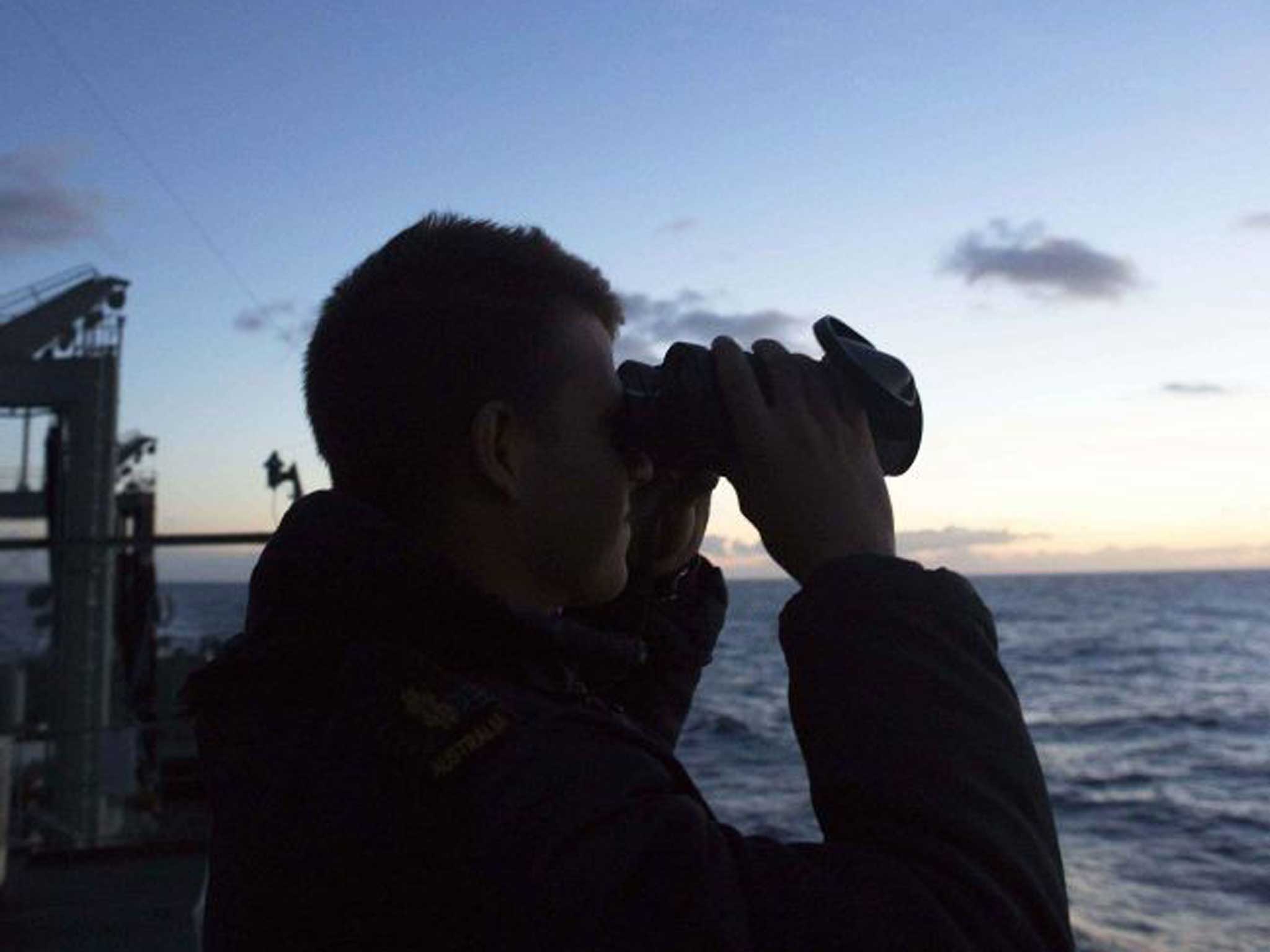Malaysian Flight MH370: Search will be most expensive ever, warns salvage expert

Your support helps us to tell the story
From reproductive rights to climate change to Big Tech, The Independent is on the ground when the story is developing. Whether it's investigating the financials of Elon Musk's pro-Trump PAC or producing our latest documentary, 'The A Word', which shines a light on the American women fighting for reproductive rights, we know how important it is to parse out the facts from the messaging.
At such a critical moment in US history, we need reporters on the ground. Your donation allows us to keep sending journalists to speak to both sides of the story.
The Independent is trusted by Americans across the entire political spectrum. And unlike many other quality news outlets, we choose not to lock Americans out of our reporting and analysis with paywalls. We believe quality journalism should be available to everyone, paid for by those who can afford it.
Your support makes all the difference.Some small and as yet unidentified objects were said to have been recovered from the Indian Ocean on Saturday but experts have warned that salvaging MH370 in some of the world’s deepest and most turbulent waters will not be easy.
David Mearns, owner of Blue Water Recoveries in West Sussex and one of the world’s most experienced deep-sea shipwreck salvagers, described the efforts that would be undertaken to recover the plane that disappeared with 239 people on board on 8 March.
He said that the seabed some 1,800km (1,100 miles) from Perth, Western Australia, may not be “precisely mapped out” which could rule out many systems for recovering any parts of the Boeing 777 that may have sunk. He said the operation would be divided into two phases: recovery and salvage.
“Only a small number of systems have the technology to search that far,” he said. “A handful of companies will have the equipment and necessary expertise within their teams to do this.”
The wreckage may be contained in what Mr Mearns described as a “ search box” covering hundreds of nautical miles. “It’s going to be the biggest search box ever, many times bigger than any other tragedy. This will take months, maybe years,” he said. “They’ll need to cover the entire area of where the wreckage ranges from, including the seabed. There is a part of fortune to it, in terms of finding a piece of wreckage which could reduce the time, but it all comes down to luck and the equipment.”
In what Mr Mearns predicted would become the most expensive search ever, specialist teams would only recover what was required to answer why MH370 vanished from radar screens.
He warned that once parts of the plane were returned to Perth – where it now looks likely the investigation will be based – it would take “a year or two” for causes of the crash to be confirmed. He added: “I can’t see it being solved easily.”
Tech wishlists
The bizarre tale of Malaysia Airlines Flight 370 comes at a time when flying is safer than ever.
Aviation safety advocates say there are lessons to be learned, starting with the need for tamper-proof equipment that would stream data in real time to satellites and reveal a plane’s position. Mary Schiavo, former inspector general of the US Department of Transportation, which includes the Federal Aviation Administration, would like to see the full “black box” data — a massive amount of information about a plane’s performance – — streamed to ground locations during flight. Only days remain to find MH370’s black box before it stops functioning. “It would have been immensely helpful here,” she said.
Each box is designed to withstand fire and high pressure. Search teams are hoping the detection equipment will be able to pick up acoustic pings emitted every second from the plane’s black box flight data recorder and cockpit voice recorder.
Sam Masters
Join our commenting forum
Join thought-provoking conversations, follow other Independent readers and see their replies
Comments